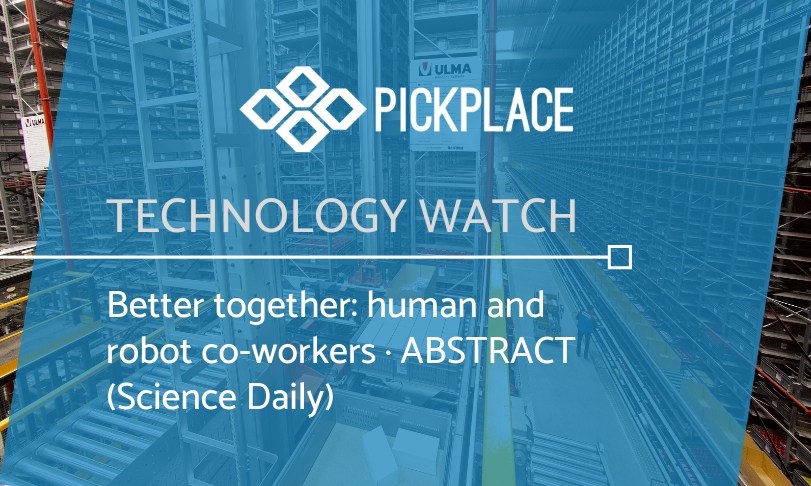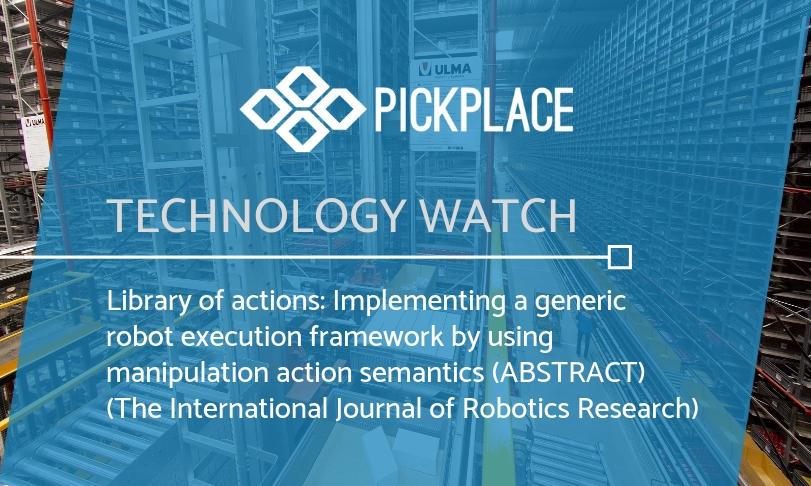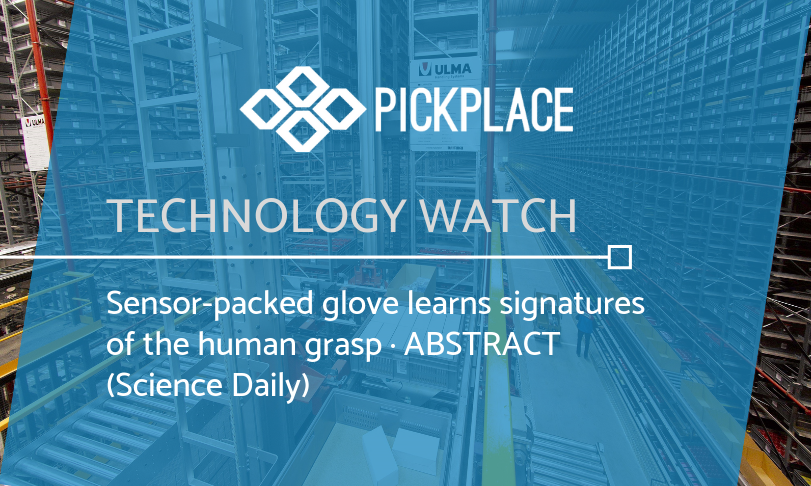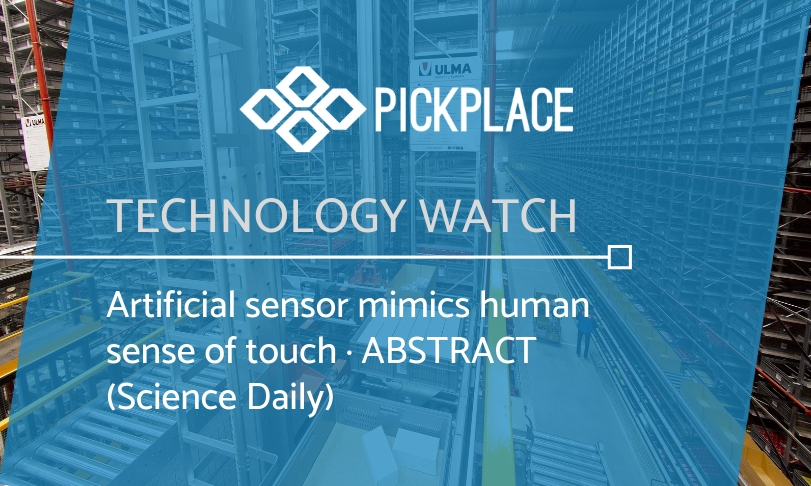Source: Science Daily More and more processes are being automated and digitised. Self-driving delivery vehicles, such as forklifts, are finding their way into many areas — and companies are reporting potential time and cost savings.
Tag Archives: abstract
A dataset of daily interactive manipulation (ABSTRACT)
Source: The International Journal of Robotics Research Authors: Yongqiang Huang, Yu Sun Publication: First published May 13, 2019 Robots that succeed in factories may struggle to complete even the simplest daily task that humans take for granted, because the change of environment makes the task exceedingly difficult. Aiming to teach robots to perform daily interactive manipulation in a changing environment using human demonstrations, we collected our own data of interactive …Read More
Library of actions: Implementing a generic robot execution framework by using manipulation action semantics (ABSTRACT)
Source: The International Journal of Robotics Research Authors: Mohamad Javad Aein, Eren Erdal Aksoy, Florentin Wörgötter Publication: First published May 29, 2019 When a robot has to imitate an observed action sequence, it must first understand the inherent characteristic features of the individual actions. Such features need to reflect the semantics of the action with a high degree of invariance between different demonstrations of the same action. At the same …Read More
Sensor-packed glove learns signatures of the human grasp (ABSTRACT)
Source: Science Daily Wearing a sensor-packed glove while handling a variety of objects, MIT researchers have compiled a massive dataset that enables an AI system to recognize objects through touch alone. The information could be leveraged to help robots identify and manipulate objects, and may aid in prosthetics design.
Artificial sensor mimics human sense of touch (ABSTRACT)
Source: Science Daily A team of researchers have developed an artificial tactile sensor that mimics the ability of human skin to detect surface information, such as shapes, patterns and structures. This may be one step closer to making electronic devices and robots that can perceive sensations such as roughness and smoothness.






